Why You Drink Terrible Coffee, and How to Change It
I hadn't tasted coffee until I was 29. My first cup ruined me. I never meant to become a coffee snob, but circumstances conspired against me.
My wife and I had a very unconventional route to our coffee adventure: we quit our jobs, moved to Costa Rica, and happened upon an organic coffee farm that was pretty magical. The first cup (and the second, third...and so on) was amazing. We loved it, and the family that ran the farm, so much that we returned as often as we could.
Then (GASP!) We Returned to the U.S. & Went to Starbucks
Everyone has an opinion of Starbucks. Even those who hate it admit they can't survive without it. Sadly, compared to what we had enjoyed on the farm, it didn't stack up: bitter, burned, and sour.
But here's the thing: it wasn't just Starbucks, it was virtually every coffee store we went to: the local chains, the indies, all of them. Some had to do with how it was brewed, how it was stored, and even the temperature of the water. However, the biggest problem was the fact that dark roast was so popular.
It makes sense for coffee chains to favor dark roast. In Costa Rica, there are over 100,000 coffee farms, each one growing coffee at different altitudes, in different climates, and with different fertilizers. The bottom line: there's no way to guarantee uniformity.
When coffee is exported and sold, everything from one community's collective is mixed with everything from another--high and low quality together. In dark roasts, most of the flavors are burned out, allowing chains to offer customers a uniform experience.
Here's how our friend at the farm explained it:
Suppose you go to a steak house. You order an expensive veal, while your friend orders low-quality flank. If you order them both rare, you'll easily be able to taste the difference. But if you order them both extra well-done, the difference disappears--they're both burned.
(High-quality organic on the right, low-quality conventional on the left)
The same is true for coffee. Since companies like Starbucks get both" veal" and "flank" beans, the only way to make sure their customers are getting a "good" product is to push dark roast.
Want Great Non-Dark-Roast Coffee Every Day?
Here are our top 7 suggestions:
1. Buy a grinder and only buy whole bean
Here's something most people don't know: coffee starts to oxidize about 20 seconds after it's ground. If you buy ground-up coffee--or grind more than you need and save the "leftovers"--you're losing a lot more taste than you think.
2. Don't make more coffee than you need
At most coffee stores, the coffee sits in an electrically-warmed vat until it's all gone. Any taste that might have been in the coffee burns up slowly over that time, and the coffee becomes even more bitter.
3. Use a filter that allows the oils to get through
Many paper filters in conventional coffee makers don't allow oils to pass through. If that's how you like it, that's fine. But you're missing out on all the flavor that makes coffee worth drinking.
Photo: Andrew Hyde, via Flickr.
Personally, we use something called a chorreador--basically a cotton sock that holds coffee grounds as you pour water over them. Here's what it looks like in use at the farm.
5. Tailor your grind to the type of brewing method you're using
If water is going to be interacting with coffee grounds for just a few seconds (espresso), you need the grounds to be as fine as possible to extract as much flavor as you can. If the water is going to sit with the coffee for a long time (cold brew, which sits for over 12 hours), then you want more coarse coffee.
6. Use the right amount of coffee
After a professional barista from Italy spent three months on the farm, we started getting very strict about our ratios. According to him, there should be 12 grams of coffee for every cup you're making.
7. Wait for the water to cool a little
Most people will start to pour the water over their coffee as soon as it starts to boil. If you do that, it'll burn the grounds and change the taste. Let it sit for at least five minutes, it'll taste better.
While you have very little control over the beans you get or when they're roasted, there are still lots of ways to improve your morning cup of java.
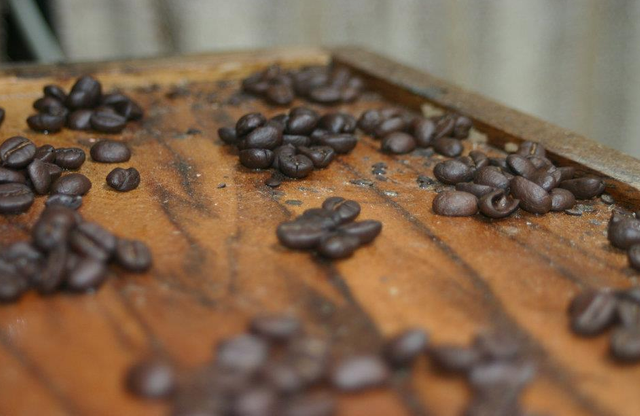
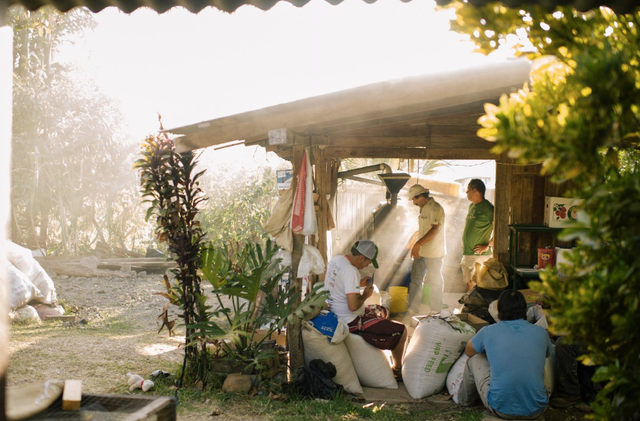
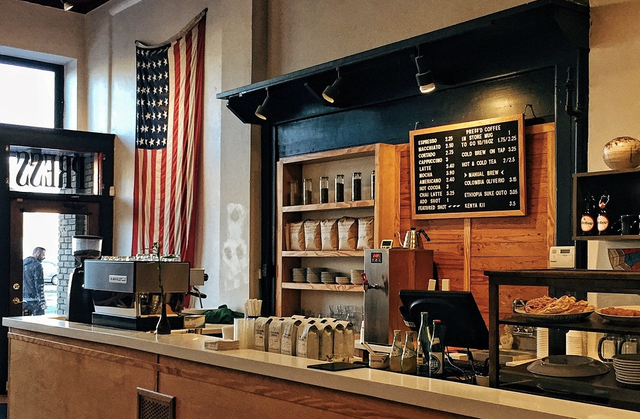
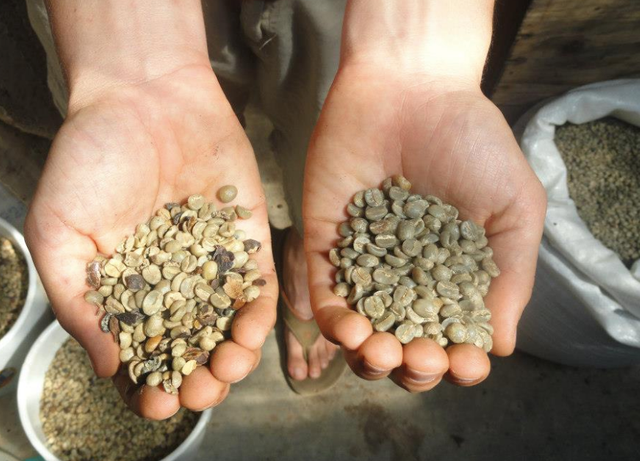
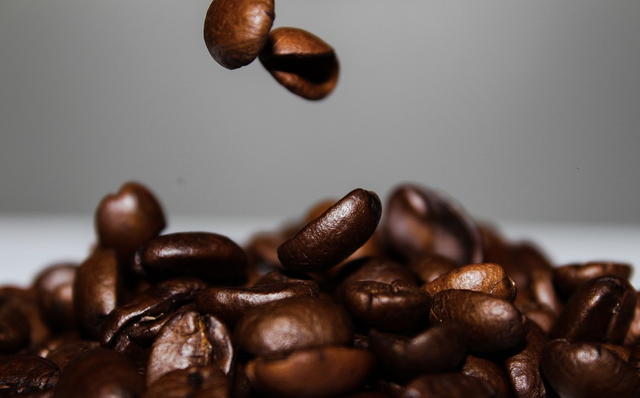
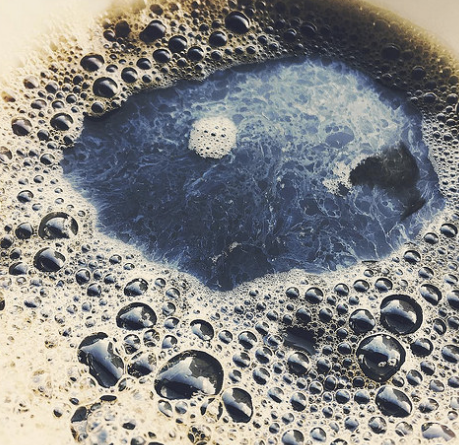
I started to use a chorreador in MV in 1995 in a house that I was staying in below Stella's house... no one told me that I should empty the grounds after each usage. I figured the mold was mostly killed by the hot water. The coffee got a lot better once I started emptying it out after each use. The filter was nearly full when I got the house and so I was mimicking whoever was there before - must've been 500g of coffee in there. It's good to laugh at oneself!